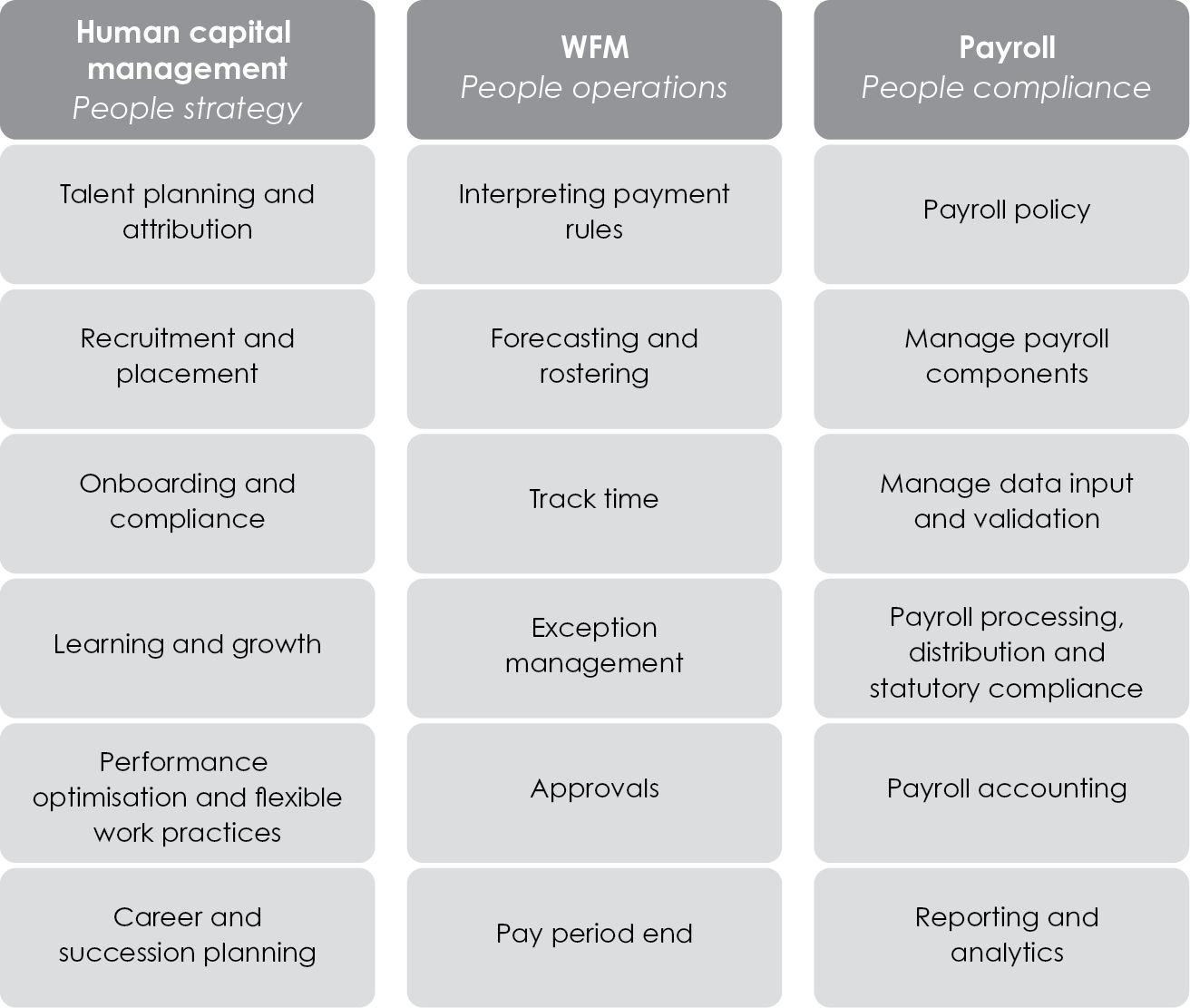Winning the war on talent by building serious digital muscle

The power balance has shifted between employers and employees as a more digitally talented workforce feels more empowered to take control of how, where and when they work. Business and HR leaders need to acknowledge these trends and change their approach to technology and people if they’re to succeed in attracting and fulfilling the best talent in the country.
Achieving this means a fresh look at technology, not just on the tools that are leveraged, but how to build them into an organisation and create a workforce built upon digital muscle.
Tech works for us, not the other way around.
To date, most digital transformation has centred around the idea that people should change the way they operate to align themselves to the technology in which business and technology leaders have decided to invest.
The sentiment is usually well-intentioned – many technology projects are deployed to make staff more productive, reduce time spent on more tedious tasks, and improve their overall workforce experience. But how many leaders take the time to make sure that’s how it’s understood at the coal face? The answer is very few from my experience.
The simple fact is, that we’re creatures of habit and we struggle with change. There are many reasons why people don’t quickly adapt to new things: comfort with the old ways, presumption that there will be difficult teething issues that will make the change difficult, fear, or concern it will lead to a clash between the coal face and leadership. What does this innovation mean for my role? Is this the first step in a machine or an application taking over my role?
Reports and headlines are full of ‘AI will steal your job’ sentiment – some of which is justified, and some just fearmongering. In any case, it’s created a very justifiable fear among the workforce around new technology being a steppingstone towards their irrelevance.
Trust and transparency are key
The tension between people and AI highlights the importance of trust and transparency for a modern digital workforce.
AI is going to play a bigger role in the workforce, and it will see many roles disappear from the workforce. But it will also create new and enhance existing roles. The Indian Government expects AI to create 20 million jobs between now and 2025. Globally, the World Economic Forum estimates AI will create 97 million new jobs by 2025 while displacing 85 million. It’s a net positive, but there’s work to be done for more people to feel that.
Organisations need to be willing to acknowledge the reality of AI’s impact on the workforce and take steps to ensure staff are informed, involved, and retrained so that it becomes a positive force in their career.
This mindset shift allows us to take a step back and remember what technology is: a tool. It’s not something we have to align to, it’s a tool to work hand in hand with us to make our lives easier.
Even when not related to the AI conversation, communication is often poor when it comes to people-focused digital transformation projects. While these projects are designed for entire workforces, the transaction usually only happens between knowledge workers and the operational coal face is out of the loop, no doubt adding to any concerns or fears they might already have.
So, organisational and HR leaders need to open up these lines of communication, which should be a key aim of technology deployments in the first place. Given the workforce in India are already adept at digital readiness, this approach is even more likely to be welcomed and succeed here than in other parts of the world.
Creating the ‘Digital Muscle’
This fresh approach, which I firmly believe is necessary for businesses in India to succeed and make the most of the opportunities an enhanced digital economy will provide, doesn’t just allay fears, it dramatically increases the value of a digital workforce.
The coal face is no longer ignored, it’s empowered – taking an active human-centred role in what technology is used and how. It’s aware of and communicating with senior leadership to evaluate, measure, and succeed. It converts digital transformation from a series of ongoing engagements to building ongoing skills and outcomes with digital muscle developing and powering the organisation, and its people and satisfying the needs of everyone in it.
There are ways to measure this too – a framework of steps to follow under the pillars of human capital management (HCM), workforce management (WFM) and payroll. I’ve worked closely with leading experts in the field of people management to test this and these are the criteria we’ve developed supported by our Maximum People Value framework:

Figure 1: The Digital Workforce 2nd Edition
Leaders who take time to understand this, who are willing to align, prepare, track, implement and measure the success of their digital workforce, will ultimately win the war on talent, create the most diverse and inclusive teams, build trust through transparency, and align the coal face to senior leadership to deliver both personal and business value for all stakeholders.















